Peter Wadhams (CPC) and his team have successfully completed their field trip to deploy an AUV, to measure ice thickness, south of Svalbard. With agreement from Aleksey Marchenko (UNIS), the… Read more »
Read Full »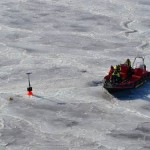

Peter Wadhams (CPC) and his team have successfully completed their field trip to deploy an AUV, to measure ice thickness, south of Svalbard. With agreement from Aleksey Marchenko (UNIS), the… Read more »
Read Full »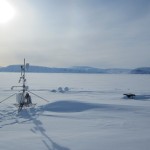
Steffen Olsen (DMI) has just returned from another successful deployment of instruments in Qannaaq in North-West Greenland. He’s also deployed Martin Doble’s (Polar Scientific) Aquascat mooring successfully. This work… Read more »
Read Full »
RV Araon Blog ICE-ARC PI Jeremy Wilkinson (British Antarctic Survey) is currently on board a cruise operating by the Korean Polar Research Institute (KOPRI) on the Korean ice breaker RV Araon. During… Read more »
Read Full »Horizon, the EU Research and Innovation Magazine, features an article about the ICE-ARC project. The article describes the work that ICE-ARC researchers are carrying out with local communities in north… Read more »
Read Full »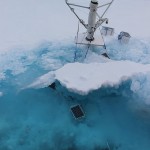
ICE-ARC partner CSIC are deploying a series of SATICE buoys. SATICE, is the first high-rate, high-precision positioning experiment on sea ice in the Arctic Ocean. It consists of an array… Read more »
Read Full »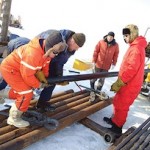
Acidification off the coast of Northern Siberia in the Arctic Ocean is caused by increased thawing permafrost and freshwater discharge. Importantly, acidity levels of the region are much higher than… Read more »
Read Full »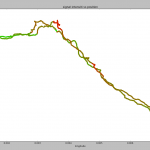
EMsled blog no. 4 ICE-ARC PI Jeremy Wilkinson and Francois Guerraz from the British Antarctic Survey (BAS) are working with colleagues from the Danish Meteorological Institute (DMI) and the Greenland Climate… Read more »
Read Full »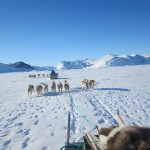
EMsled blog no. 3 ICE-ARC PI Jeremy Wilkinson and Francois Guerraz from the British Antarctic Survey (BAS) are working with colleagues from the Danish Meteorological Institute (DMI) and the Greenland Climate… Read more »
Read Full »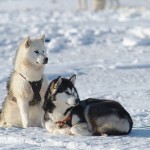
EMsled blog no. 2 ICE-ARC PI Jeremy Wilkinson and Francois Guerraz from the British Antarctic Survey (BAS) are working with colleagues from the Danish Meteorological Institute (DMI) and the Greenland Climate… Read more »
Read Full »EMsled blog no. 1 ICE-ARC PI Jeremy Wilkinson and Francois Guerraz from the British Antarctic Survey (BAS) are working with colleagues from the Danish Meteorological Institute (DMI) and the Greenland Climate… Read more »
Read Full »